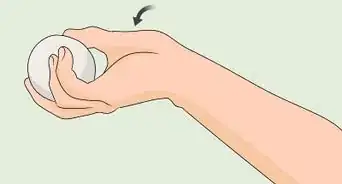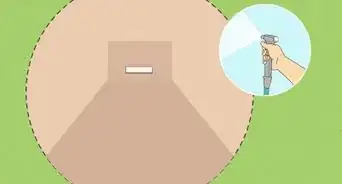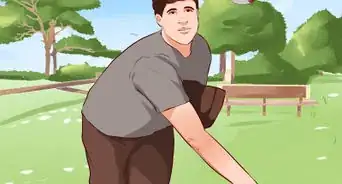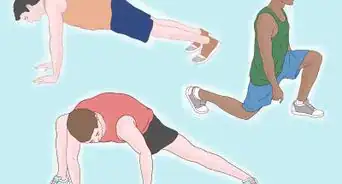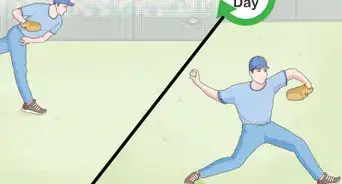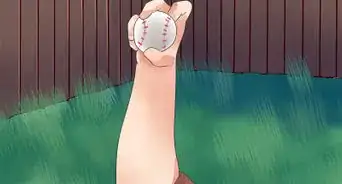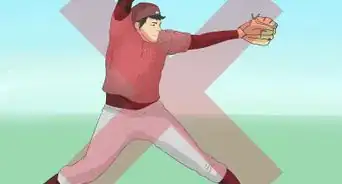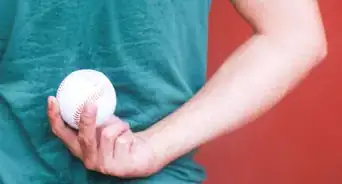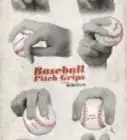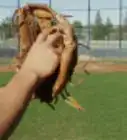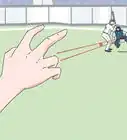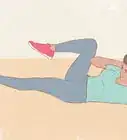This article was co-authored by wikiHow Staff. Our trained team of editors and researchers validate articles for accuracy and comprehensiveness. wikiHow's Content Management Team carefully monitors the work from our editorial staff to ensure that each article is backed by trusted research and meets our high quality standards.
There are 7 references cited in this article, which can be found at the bottom of the page.
wikiHow marks an article as reader-approved once it receives enough positive feedback. In this case, 82% of readers who voted found the article helpful, earning it our reader-approved status.
This article has been viewed 266,461 times.
Learn more...
The knuckleball is one of the hardest, if not the hardest, pitches to throw in baseball. However, it’s also one of the hardest to hit. Knuckleballs will baffle hitters because they move in several directions as they approach the plate. It’s also a safe pitch that will create very little strain on your arm and shoulder muscles and maintain your pitching stamina to do go deeper in games.[1] By learning the different knuckleball grips and practicing with the right drills, you can add this unique and effective pitch to your repertoire.
Steps
Experimenting with Different Grips
-
1Try the two-knuckle grip. Arch your pointer and middle fingers so that the tips are facing down. Grab the ball so that the fingers you put down are right beneath the horseshoe seam on the baseball. Each baseball has four separate horseshoes, so any one will do.
- Dig your two fingernails into the middle of the seams behind the horseshoe. Use enough pressure so that the ball is firmly grasped but be careful not chip your fingernail or injury your finger tip.
- Stabilize the ball with your thumb and ring finger on opposite sides of the ball.
-
2Try the three-knuckle grip. Arch your pointer, middle, and ring fingers so that the tips are facing down. Grab the ball so that the fingers you put down are right beneath the horseshoe seam on the baseball.[2]
- Dig your three fingernails into the middle of the seams behind the horseshoe. Use enough pressure so that the ball is firmly grasped with injuring your fingertips.
- Stabilize the ball with your thumb and pinky finger on opposite sides of the ball.
Advertisement -
3Try the four-knuckle grip. Arch your pointer, middle, ring, and pinky fingers so that the tips are facing down. Grab the ball so that the fingers you put down are right beneath the horseshoe seam on the baseball.[3]
- Dig your four fingernails into the middle of the seams behind the horseshoe. Use enough pressure so that the ball is firmly grasped with injuring your fingertips.
- Keep your thumb off to the side of the ball, slightly underneath it. This is your only stability point so you may need to grip harder to control the ball.
-
4Throw from the fingertips. Avoid digging your knuckles into the ball. Although the knuckleball was originally thrown with the knuckles pointing into the ball rather than the finger tips, this is not as effective. You're trying to reduce the amount of spin you put on the ball. Grabbing the ball with your knuckles may cause the ball to rotate more than necessary. This can create more spin, less movement, and the pitch will be easier to hit.
Executing the Pitch
-
1Keep a fast arm motion. Go through your windup normally, with a normal fastball motion until you reach your release point. The knuckleball should look like a fastball until the pitcher reveals the ball right before his release. You don't want to tip your pitches to the batter.[4]
- Don't alter your arm slot or anything else. This can reduce the chance your knuckleball will knuckle and end up as a soft lob.
-
2Keep your wrist up as you release the pitch. This is essential to getting minimal amount of spin. Throwing a fastball, you usually move your wrist down as you release the ball, creating steady spin on the ball and causing it to travel straight, more or less. Throwing a knuckleball, you try to do the opposite, because you don't want spin.
- Extend your fingertips out as you release the ball. This will minimize spin.
- Try to let your knuckles be the topmost point of your hand as you release. Having your knuckles at the very top of your hand will ensure that less spin is created when you release the ball.
-
3Perfect your release. Let the ball slip through your hands by releasing your thumb from the grip. Follow through and end as if you are throwing any other pitch.
Optimizing your Knuckleball
-
1Know who to use it against. Batters that prefer to hit fastballs over breaking pitches are more likely struggle with the knuckleball. Ask your teammates what they know about the batter or watch them playing other teams.
- Batters who are generally impatient and swing a lot are also good targets for the knuckleball.[5]
-
2Known when to use it. Your knuckleball may become predictable if you use it too often, especially when you’re new to it and still perfecting your technique. Start out using it as a strikeout and change-of-pace pitch.
- Use your strikeout pitches when you have a two-strike count except when the count is full.
- If you’re using it as an occasional change-of-pace pitch, try to only use it once per inning or less.
-
3Practice with catch. It's harder to throw a knuckleball out of the windup than it is when you're playing catch. After warming up, line up about 30 feet away from your throwing partner and practice mastering the grip and the motion before you combine it all in a pitch.[6]
-
4Practice by throwing straight up. Lie down and practice throwing the knuckler upwards instead of out. Practice getting the right grip and release. Throwing the ball vertically will help your muscle memory remember to keep your wrist up as you release.[7]
-
5Practice by playing hot potato. Try zero-rotation hot potato with some friends or teammates. For an added challenge, try to get all involved in the game to throw knuckleballs.[8]
Community Q&A
-
QuestionWhat is the best grip to use?
 Community AnswerThe best grip for me is the three knuckle grip but remember that the "horseshoe" should look like a backwards "C" like a four-seam fastball.
Community AnswerThe best grip for me is the three knuckle grip but remember that the "horseshoe" should look like a backwards "C" like a four-seam fastball. -
QuestionWhat is a knuckleball exactly?
 Community AnswerIt is a pitch with little to no spin, and makes random and unpredicted movements.
Community AnswerIt is a pitch with little to no spin, and makes random and unpredicted movements. -
QuestionCan I throw a knuckle ball sidearm?
 Community AnswerYou can, though it is much harder to master than overhand. A sidearm delivery tends to put more spin on the ball naturally.
Community AnswerYou can, though it is much harder to master than overhand. A sidearm delivery tends to put more spin on the ball naturally.
References
- ↑ http://www.thecompletepitcher.com/how_to_throw_knuckleball.htm
- ↑ https://probaseballinsider.com/baseball-instruction/fundamentals-of-hitting/types-of-baseball-pitches/
- ↑ https://probaseballinsider.com/baseball-instruction/fundamentals-of-hitting/types-of-baseball-pitches/
- ↑ http://www.ora.tv/larrykingnow/2012/11/15/ra-dickey-teaches-how-to-throw-a-knuckleball
- ↑ http://www.beyondtheboxscore.com/2010/8/26/1651397/mastering-the-knuckleball-part-1-a
- ↑ http://deadspin.com/5786755/how-to-throw-a-knuckleball-starring-jim-bouton
- ↑ http://www.theoleballgame.com/pitching-warming-up.html
- ↑ http://www.mensjournal.com/health-fitness/exercise/how-to-throw-a-knuckleball-20120621
About This Article
To throw a knuckleball, start by choosing a grip, like the two-knuckle grip, which uses the pointer and middle fingers to hold the ball. Next, pitch the ball by keeping a fast arm motion to wind the ball up, and throw the ball with your fingertips, keeping the wrist up as you release it. To perfect your release, loosen your thumb from the grip and allow the ball to slip through your hands, propelling forward. To learn when to use a knuckleball, like a strikeout pitch, keep scrolling!
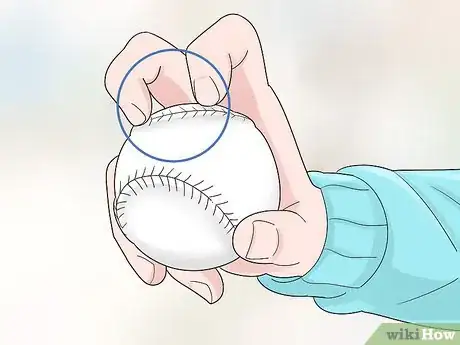
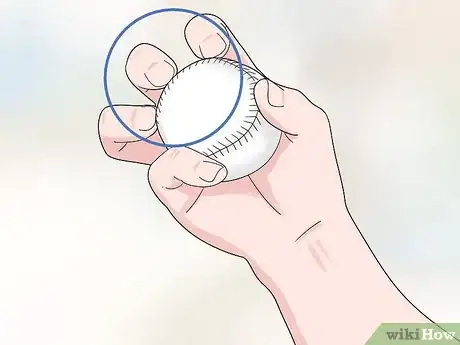
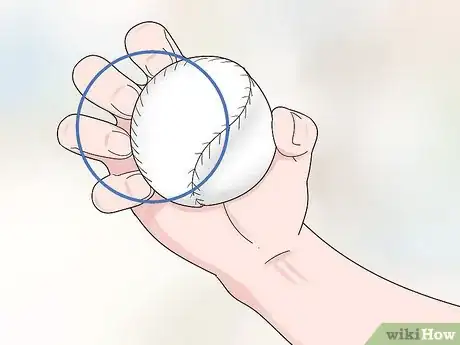
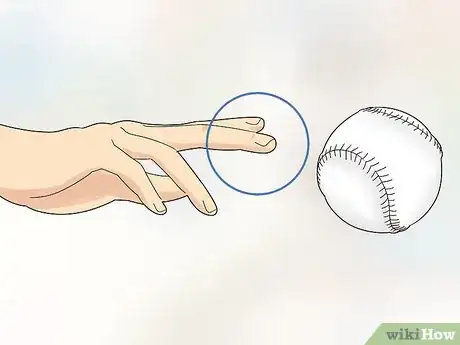
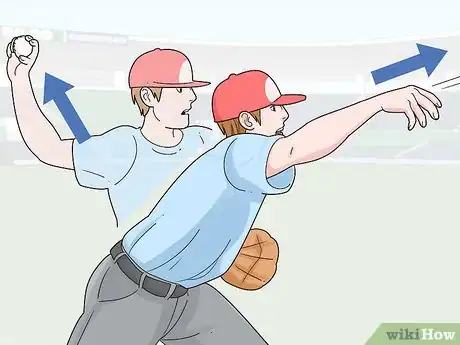
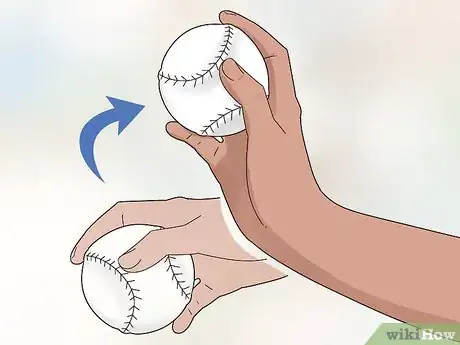
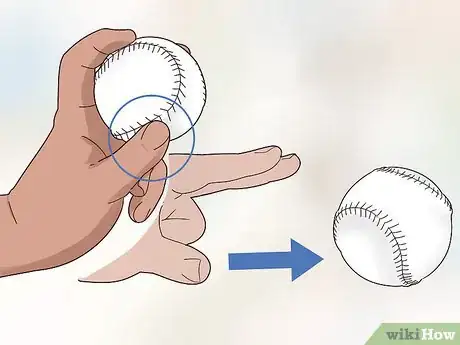
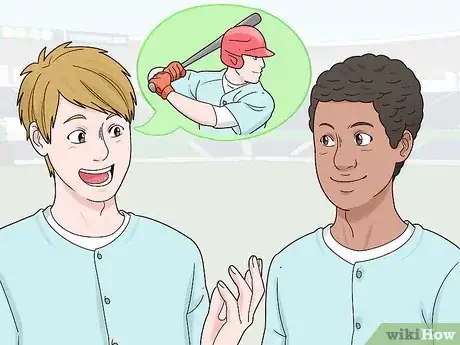
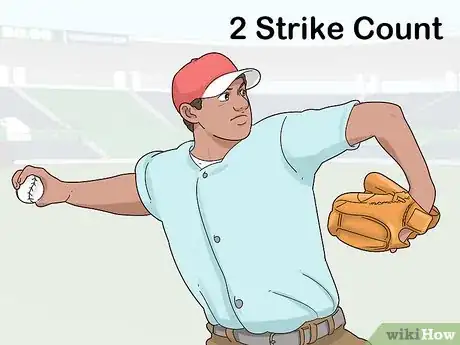
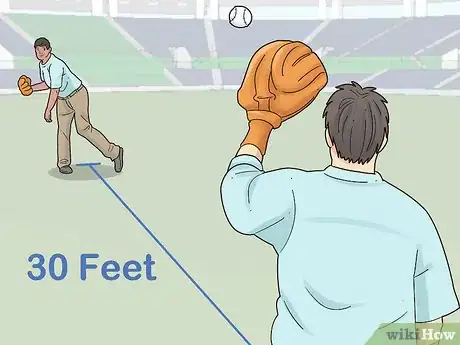
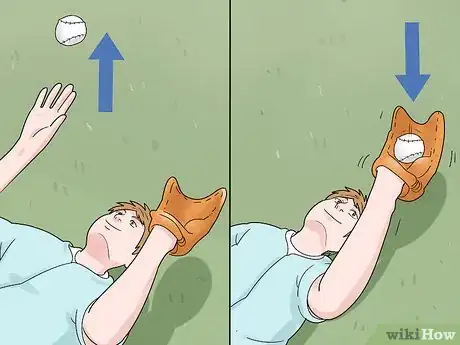
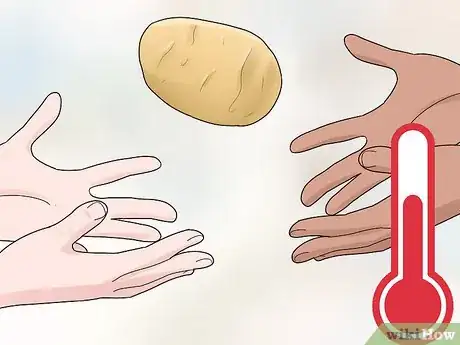
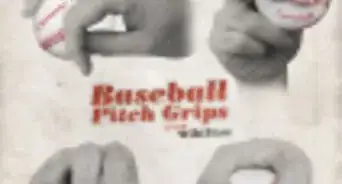

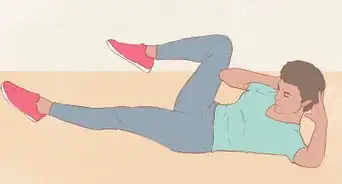
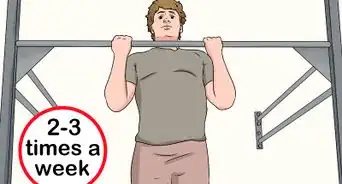
-Step-8.webp)
